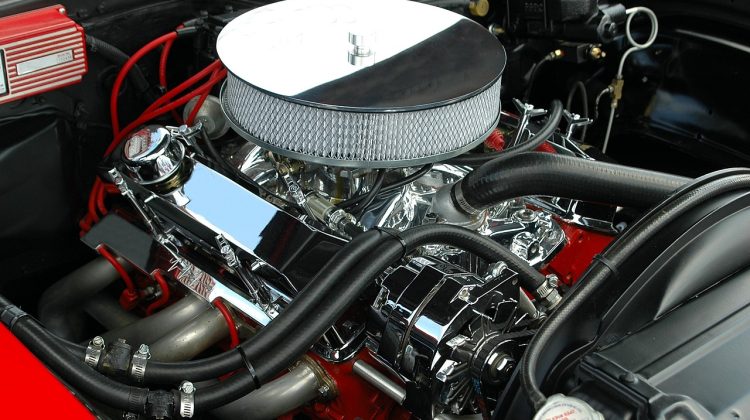If you asked any driver if they like driving fast then chances are they’ll say they love being able to go full throttle on the open road, especially the younger drivers amongst us. This is clear when you see more and more super cars on the roads these days. In the past you may have been hard pressed to spot a Porsche or a Ferrari but these days most people won’t bat an eyelid if one went screaming past them on the motorway.
For these people though (and anyone with a car in general) it is not going to be possible for them to drive at the top speed the car is famed for, at least not unless you want a couple of speeding tickets and a driving ban. The solution to this is track days and paying to use various racing circuits so you can really enjoy the speed of your car.
In the past these events have been excellent for speed freaks as they can pay for a few hours or laps to enjoy their car in a safe controlled environment. It isn’t just wannabe Lewis Hamilton’s firing around the race track that go on these track days, sometimes car enthusiast groups such as classic car owners will hire the use of a race track to hold events and sometimes all they do is drive around at a leisurely speed.
Up until recently almost anyone could go to a course in the UK or if they were really dedicated then they could go to the famous NurburgRing in Germany, where many prototype cars get tested as well as car owners from throughout Europe trying to best the 8 minute plus lap times. The trouble is this past time is about to run into trouble as car insurers have taken a disliking to their customers driving fast and dangerous.
For a while now car insurance companies have been filling in a loophole in their policies that covers drivers for driving on a track day. The organisers of these track days have expressed their concern by saying how many more people have participated in this pastime but have been unaware that they would not be covered in the event of a crash.
Since 2003 the popularity of the track day has risen to numbers five times higher than before 2003 and this can obviously lead to many insurance policies being made null and void because a driver has taken their car on to the race track.
The worrying thing is that many people who have partaken in this activity hadn’t even checked that they would be covered, with 25 or 30 percent having done some form of research or called their insurers to clarify. The other two thirds of drivers surveyed either assumed they were covered or didn’t have a clue.
The loophole that the insurers have been working on is the one that forbids car drivers from racing, but many knowledgeable drivers have worked their way around this since racing in car insurance terms is defined as a “timed event” so the drivers may have been driving round doing laps at full speed but they were not being timed and so have been able to work the system in their favour.
You may feel this is a bit off and that the insurers are simply looking for a way to avoid paying out for some petrol head’s crash but when you look at it from their perspective in the long run it will cost all customers a higher premium and with cheap car insurance policies being what the driving population want as a whole then you can understand how events like these can be costing to everyone. It is best to stick to track days which are run by companies where you can experience cars like Porsche and Ferrari models. After all, it’s going to be safer and much more fun driving one of them around rather than your own!
About the author
Andy Adams is an experienced UK based finance writer










No Comment